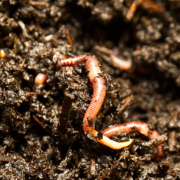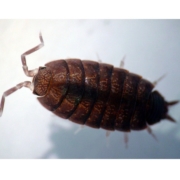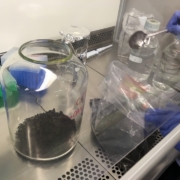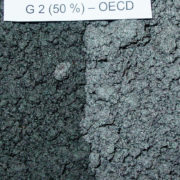Critical review and proposal for multigenerational testing in standard soil invertebrates
Standard laboratory tests to evaluate the effects of stressors (in most cases chemicals) on soil organisms offer a good compromise between feasibility and outcome, i.e. they should be reproducible and provide robust results. However, these tests may underestimate potential effects of prolonged exposures, particularly for persistent contaminants. In the last years, there was an increase […]

 D. Leib
D. Leib B. Pohl
B. Pohl University of Aarhus
University of Aarhus




